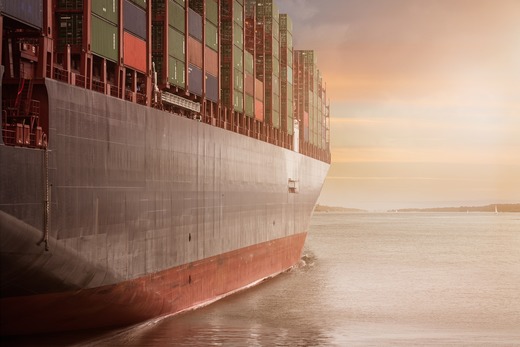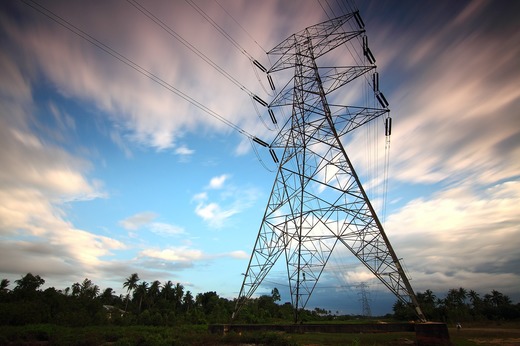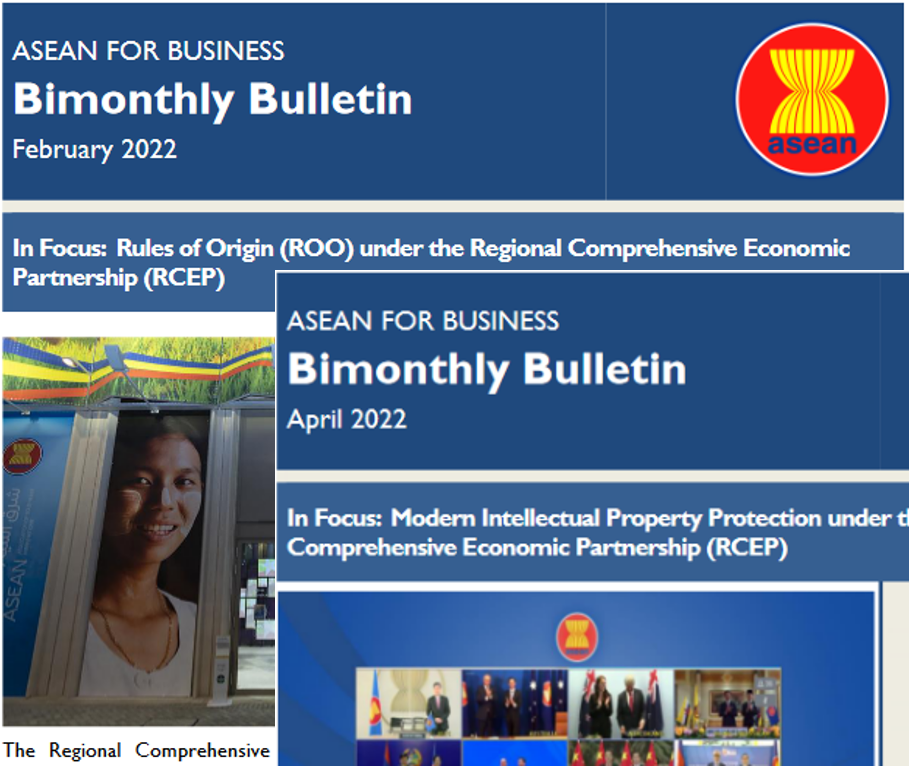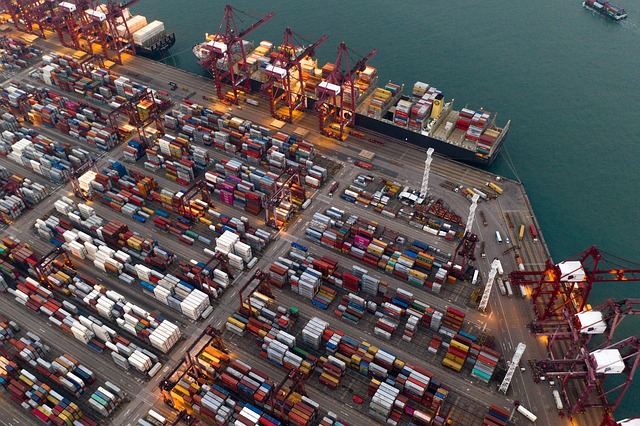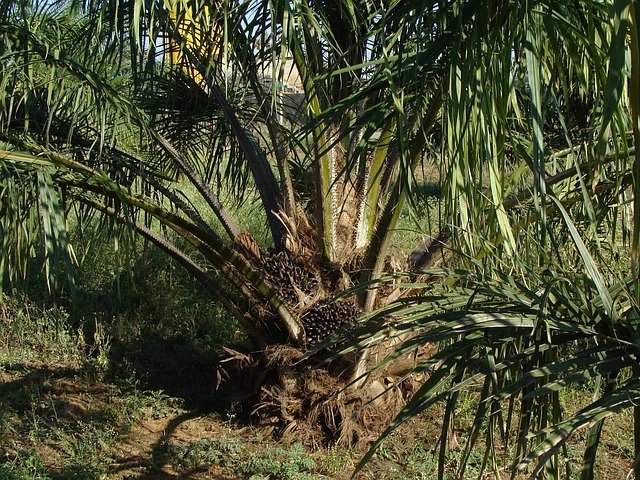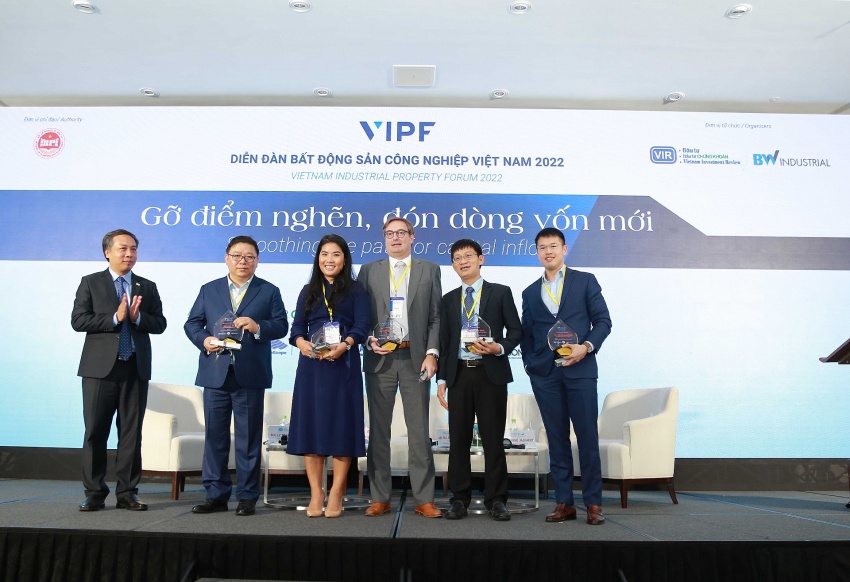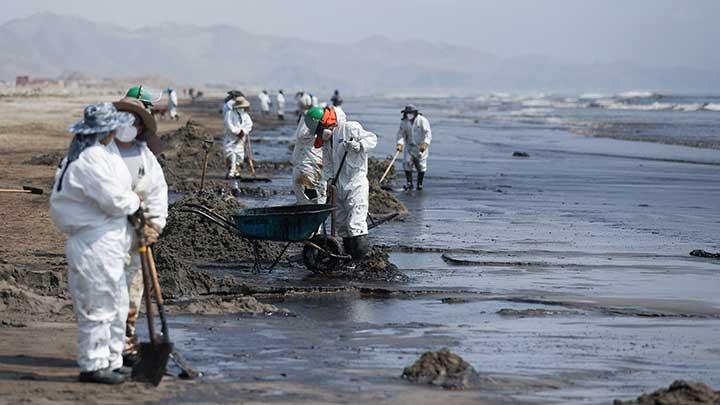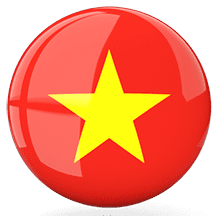Business Times reported that according to the EY Future Consumer Index, consumers globally are becoming more socially conscious and making sustainable choices in how they spend their time and money in a post-pandemic world. For businesses and manufacturers, this shift in consumer sentiments deals another blow to their supply chain transformation plans, in addition to the disruptions arising from the pandemic and global geopolitical events. Prior to this growing strategic imperative for sustainability, companies may have attempted to hop onto the sustainability bandwagon as a gesture of support toward calls for greener growth while meeting minimum sustainability compliance requirements. Governments are also driving regulations and policies that steer businesses toward more sustainable business practices. For example, the Singapore Green Plan 2030 sets a mission for Singapore to transit to a low-carbon economy and achieve its long-term net-zero emissions goal "as soon as viable".
To meet the requirements of sustainable sourcing, organisations should ensure that their third-party vendors and their suppliers meet sustainability standards. Leading practices in sustainable sourcing focus on building trust with stakeholders, deepening supplier relationships, reducing business and reputational risks, and improving productivity. Organisations must be able to articulate clear standards on sustainability and establish the risk profiles of suppliers and categories. They should also review their category strategies - a means to drive sales of a specific product group - in this case, one that promotes sustainability. Transforming the traditional supply chain into a sustainable one will not be easy, and organisations will invariably face challenges. Adopting the right mindset and attitude towards sustainability - viewing it as an opportunity for growth instead of a burden - is key. The case for building a sustainable supply chain is clear. Organisations that embed sustainability in their supply chains can reduce costs, increase productivity, innovate, differentiate and improve societal outcomes.


